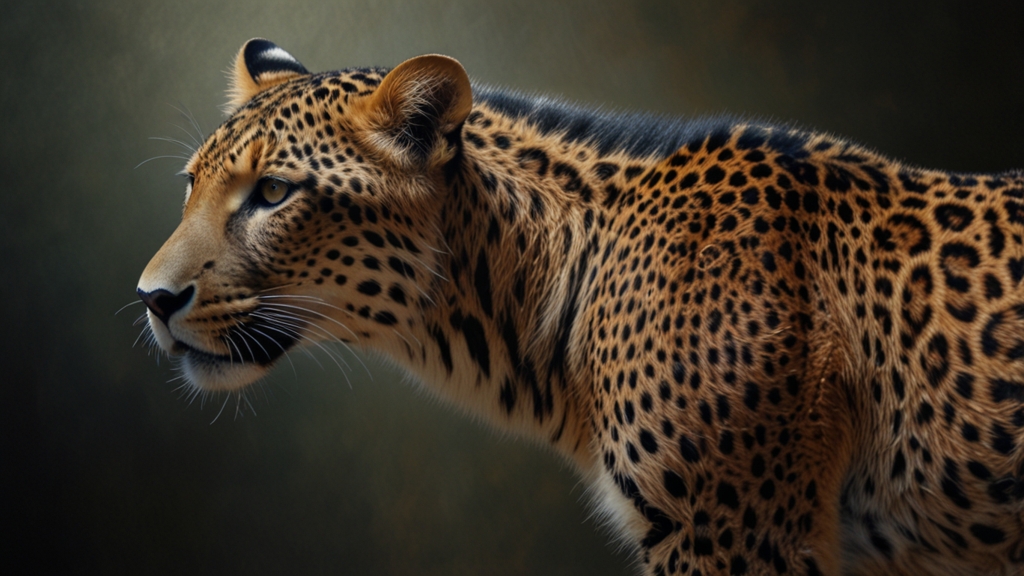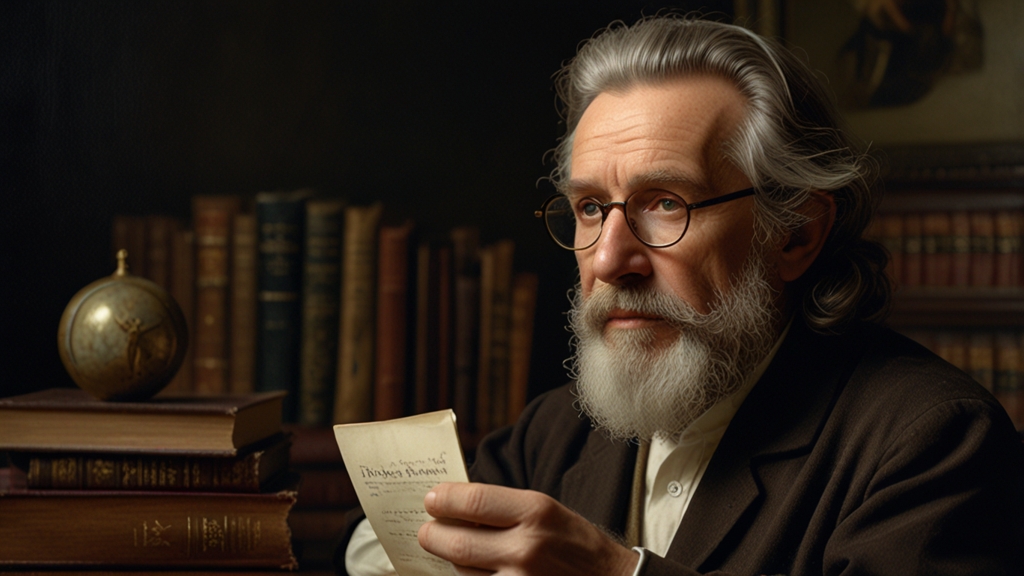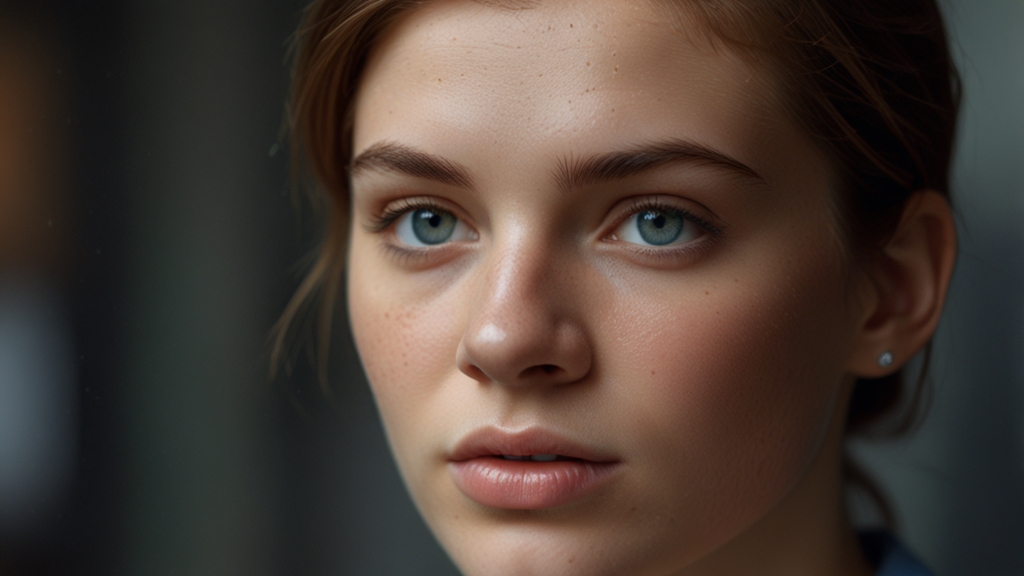Mammals in Art: How These Animals Have Inspired Human Creativity
Mammals have been a profound source of inspiration in art for as long as humans have been creating it. From the ancient cave paintings of Lascaux to the grand canvases of the Renaissance, and even in contemporary digital art, these creatures have left an indelible mark on human creativity. Their diverse forms, behaviors, and the symbolism they carry have captivated artists across generations and cultures.
Ancient Beginnings: Cave Paintings
The journey of mammals in art begins tens of thousands of years ago with the earliest known human artworks—cave paintings. The walls of caves in Europe, such as those in Lascaux and Chauvet, are adorned with depictions of bison, horses, mammoths, and other mammals that roamed the Earth at that time.
"The sublime mastery of these ancient artists, capturing the essence and movement of wild animals with natural pigments, speaks to a deep connection between early humans and the mammals they shared their world with."
These ancient artworks are not merely decorative; they provide a window into the lives and beliefs of our ancestors. The recurring themes of hunting scenes suggest that these animals were not only vital sources of food but also held spiritual significance. Through these depictions, early humans expressed their admiration and respect for the animal kingdom.
Classical Renderings: Renaissance and Baroque
Fast forward to the Renaissance and Baroque periods, mammals continued to play a prominent role in art. However, the focus shifted from survival and spirituality to exploration and scientific curiosity. Artists like Leonardo da Vinci and Albrecht Dürer meticulously studied the anatomy of mammals, producing highly detailed and anatomically accurate sketches and paintings.
During this period, animals such as horses, lions, and domestic pets began to appear more frequently in portraits alongside human subjects. This not only illustrated the growing bond between humans and mammals but also showcased the wealth and status of the subjects portrayed. The regal presence of a lion or the elegance of a well-bred horse became symbols of power and prestige.
Symbolism and Allegory
Mammals have also played crucial roles in allegorical and symbolic representations in art. In many cultures, specific mammals carry profound meanings. For instance, the lion is often seen as a symbol of strength and royalty, while the lamb represents innocence and sacrifice. Such symbolism is evident in religious art, mythology, and folklore.
"The detailed allegories of mammals in paintings from different cultures illustrate how these animals serve as bridges between the natural world and the human imagination, conveying complex ideas and emotions."
In Christian art, the depiction of the Nativity scene often includes various mammals, such as oxen and donkeys, highlighting their roles not only in the everyday lives of people but also in the sacred narratives of the faith. In Eastern traditions, animals like the dragon (often depicted as a composite of various mammals) symbolize power and mystery.
Modern and Contemporary Art
In the modern era, the representation of mammals in art has expanded and diversified with new mediums and perspectives. Surrealists like Salvador Dalí and Frida Kahlo used mammals in dreamlike, symbolic settings to explore the subconscious mind and personal identity.
In contemporary art, the focus often shifts towards environmentalism and the relationship between humans and animals. Artists such as Damien Hirst and Walton Ford address themes of extinction, habitat destruction, and the ethical treatment of animals through provocative installations and hyper-realistic paintings.
"The work of modern and contemporary artists reminds us of the fragile balance between humans and mammals, encouraging us to reflect on our responsibilities towards these creatures and the planet we share."
Moreover, with advances in technology, mammals have found their way into digital art, animation, and even virtual reality. These new formats allow artists to explore and express themes related to mammals in innovative and immersive ways.
Conclusion
Throughout history, mammals have inspired human creativity in countless ways. Whether as subjects in ancient cave paintings, symbols of power in classical art, or central figures in modern environmental discourse, these creatures continue to captivate and challenge artists. As our relationship with the natural world evolves, so too will the ways in which mammals inspire and are represented in art. This ongoing dialogue between human creativity and the animal kingdom serves as a testament to the profound connection that binds all living beings.







